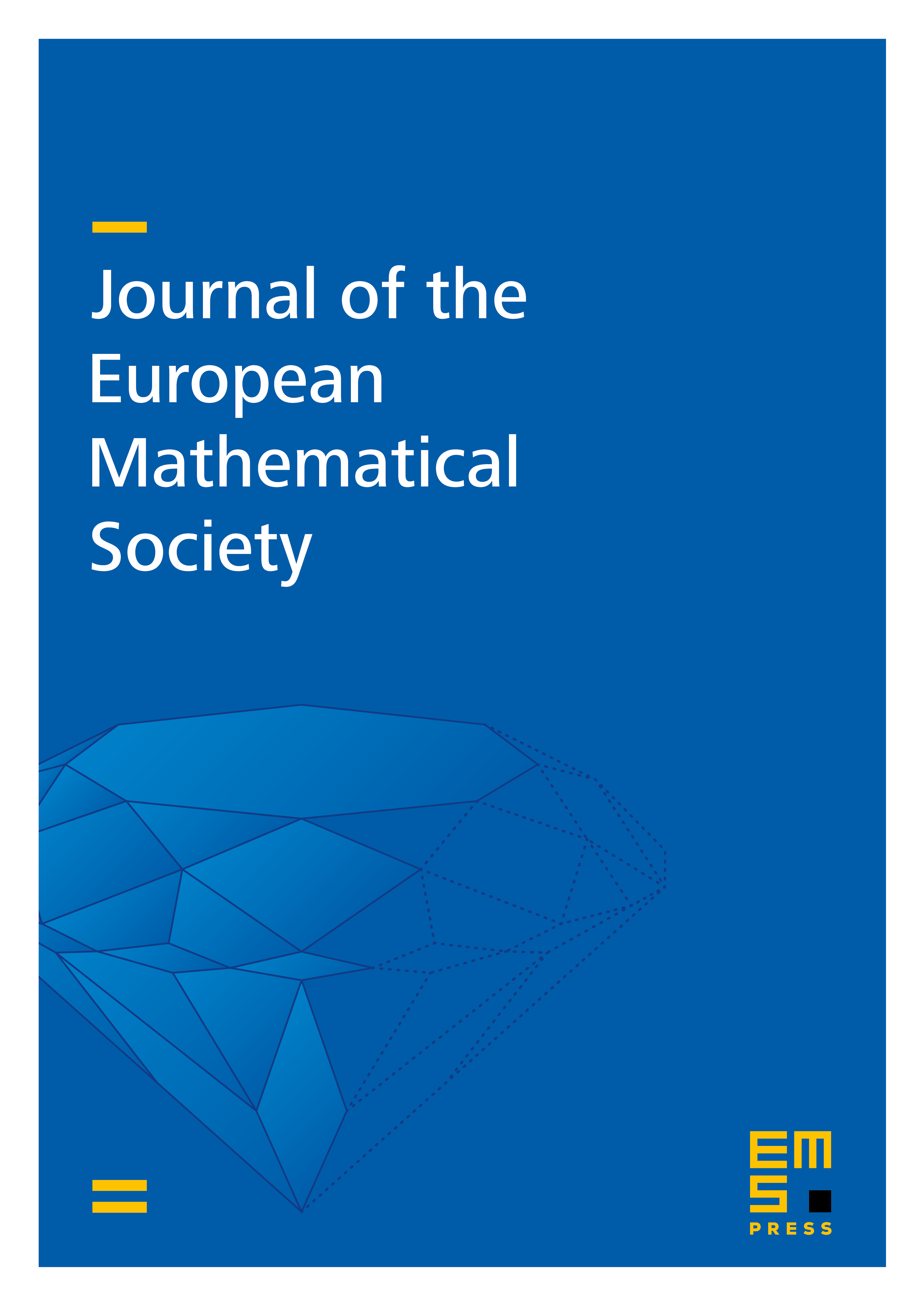Stability for the complete intersection theorem, and the forbidden intersection problem of Erdős and Sós
David Ellis
University of Bristol, UKNathan Keller
Bar Ilan University, Ramat Gan, IsraelNoam Lifshitz
Hebrew University of Jerusalem, Israel

Abstract
A family of sets is said to be t-intersecting if for any . The seminal Complete Intersection Theorem of Ahlswede and Khachatrian (1997) gives the maximal size of a -intersecting family of -element subsets of , together with a characterisation of the extremal families, solving a longstanding problem of Frankl. The forbidden intersection problem, posed by Erdős and Sós in 1971, asks for a determination of the maximal size of a family of -element subsets of such that for any . In this paper, we show that for any fixed , if , then . In combination with prior results, this solves the problem of Erdős and Sós for any constant , except for the ranges and . One key ingredient of the proof is the following sharp ‘stability’ result for the Complete Intersection Theorem: if is bounded away from and , and is a -intersecting family of -element subsets of such that , then there exists a family such that is extremal for the Complete Intersection Theorem, and . This proves a conjecture of Friedgut (2008). We prove the result by combining classical ‘shifting’ arguments with a ‘bootstrapping’ method based upon an isoperimetric inequality. Another key ingredient is a ‘weak regularity lemma’ for families of -element subsets of , where is bounded away from 0 and 1. This states that any such family is approximately contained within a ‘junta’ such that the restriction of to each subcube determined by the junta is ‘pseudorandom’ in a certain sense.
Cite this article
David Ellis, Nathan Keller, Noam Lifshitz, Stability for the complete intersection theorem, and the forbidden intersection problem of Erdős and Sós. J. Eur. Math. Soc. 26 (2024), no. 5, pp. 1611–1654
DOI 10.4171/JEMS/1441